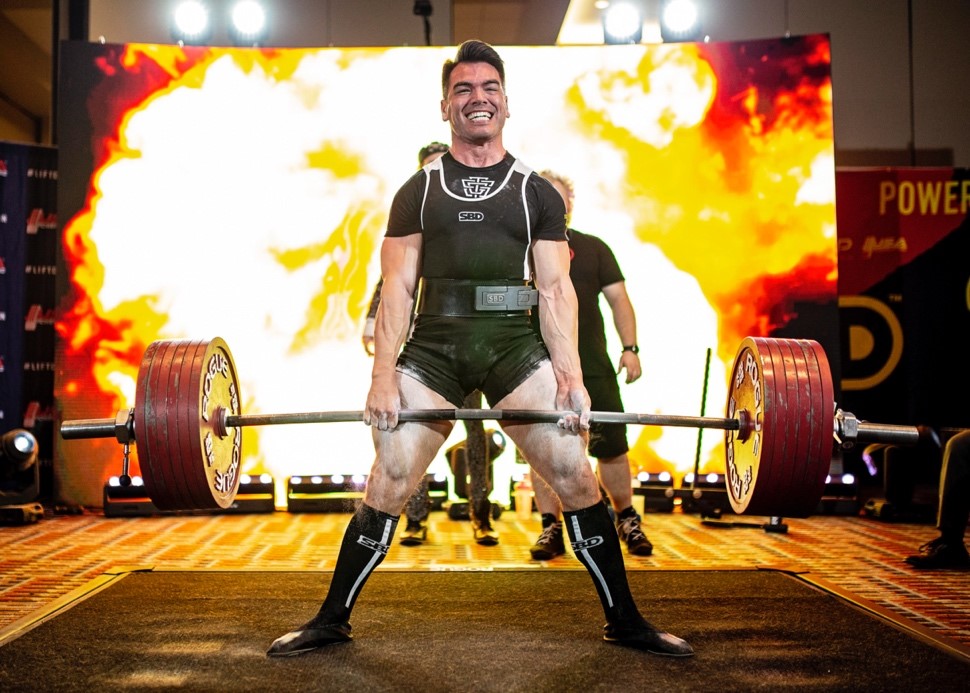Shifting the Curve (STC) is an innovative strength training system inspired by periodization theory, supported by scientific evidence, and grounded in practice. STC is the program for anyone who wants to level up their strength training and performance.
Progressive Overload: The Story of Milo of Croton
Milo of Croton was the first person in recorded history to use progressive overload to acquire inhuman strength. He began carrying a young calf on his shoulders up a mountain to drink water from a lake. Every day the calf would grow larger and heavier until eventually, Milo carried a full-grown steer up the mountain to drink water from the lake.
While the legend of Milo is entertaining, it illustrates the principle of progressive overload, which is what STC delivers. This principle is the gatekeeper of all adaptations. There is no “call to action” for the body to adapt without an overloading stimulus.
General Adaptation Syndrome
In the event of an overloading stimulus (physical, psychological, emotional, etc.), adaptations occur through a phasic response known as the general adaptation syndrome (GAS). Austrian Physician Hans Selye first observed this phenomenon. The GAS theory describes that an overload or progressive stimulus initiates an alarm reaction phase. The alarm reaction phase represents a departure from homeostasis, where the trainee falls below baseline performance for a short period. In the second phase of the GAS model, the resistance phase, the trainee’s body responds by fortifying its structures and processes required to improve performance. Ideally, these two phases will repeat cyclically until exhaustion. When the stage of exhaustion occurs, the stimulus is stale and no longer “hard enough” to produce further progress.
Training Specificity
Our adaptation in response to stress is specific to the training demands, known as the principle of specificity or the specific adaptations to imposed demands principle (SAID) in exercise science. For example, Milo adapted to the load of the calf because he carried it every day on his shoulders up a mountain. As a result, Milo became proficient at this specific task. For powerlifters, positive adaptations require specific training demands that focus on maximal strength in the squat, bench press, and deadlift.
Most programs fail to produce results because they overlook these principles. Shifting the Curve is different. Shifting the Curve is designed based on the hypothesis that a dose-response relationship exists between volume and maximal strength, which is specific to the individual. The goal of Shifting the Curve is not to do the maximum possible dose but to find the minimum required dose to produce the desired result.
The bottom line is that STC will provide you with a progressive overload stimulus to peak your strength for new PRs in the gym or competition.
About the STC Program
Shifting the Curve contains two macrocycles for each frequency stream, the On-Season, and the Off-Season. The On-Season will peak your strength for new PRs in the gym or competition. In comparison, the Off-Season will help you prepare for the On-Season by improving work capacity and increasing muscle size.
STC On-Season
In the first phase, the “Preparatory Phase,” the trainee will be in a general preparation period or volume block. This phase will build the trainee’s foundation by easing them into the increased training volume. The Preparatory Phase has both the highest training volumes and lowest intensities of the 12-week plan. It is designed this way because volume is the main factor driving strength and hypertrophy.
In the second phase, the “Development Phase,” the trainee will be transitioning into an intensity block. This phase will enhance specificity through the increased practice of the main lifts. We programmed an increase in training intensity alongside more working sets to do so.
In the third phase, the “Competition Phase,” the trainee is challenged to reach their peak strength levels. This portion of the program features an aggressive build-up of sport-specific practice by increasing work sets at higher intensities. The phase ends with an eventual reduction in training volume, otherwise known as a step taper.
Upon completion of the On-Season, trainees using STC will have the option to repeat the On-Season if they are preparing for another competition within the next 12 weeks or progress into the next macrocycle, the STC Off-Season.



STC incorporates the coaching experience trusted by the sport’s top athletes like Eli Burks, Lya Bavoil, and Taylor Atwood to provide you with maximal recovery and strength when it is most important.
STC Off-Season
In the first two phases, “Foundation Phase I & Foundation Phase II,” the trainee will begin a general preparation period or volume block. This phase eases the trainee into increased volumes at low intensities. Training at high volumes initiates the body’s adaptation processes to improve work capacity and increase muscle size. The benefit of this training period is improving the body’s ability to perform and recover from training.
In the third phase, the “Preparatory Phase,” the trainee will achieve a new weekly volume peak at the highest intensities of the Off-Season Macrocycle. By challenging the trainee’s fitness, this phase will prepare the lifter to perform and recover from challenging training during the On-Season, enabling them to apply a progressive overload stimulus to the body and improve performance.
You can finish this phase as late as eight weeks out from your next competition or test date. If you choose to sequence your training this way, your next phase should be the On-Season Development Phase.
Upon competition of the Off-Season, the trainee should begin the On-Season at their recommended training frequency.
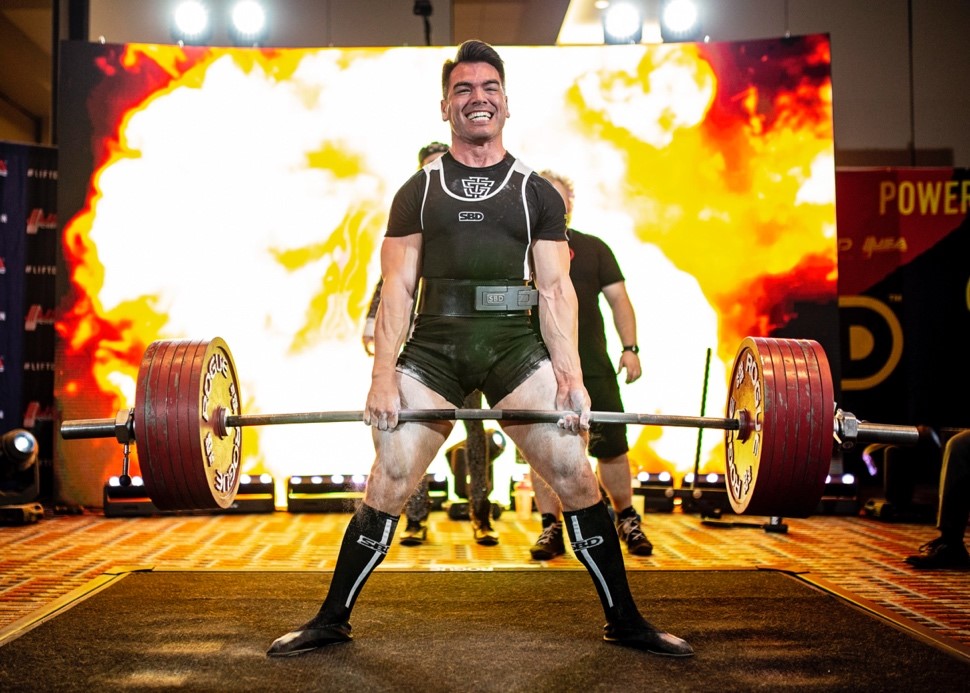
By improving his work capacity and systematically progressing his training, Taylor Atwood increased his total from 733 kg in 2017 to 838.5 kg in 2021. This feat was accomplished as a drug-free 74 kg lifter and ranked him #1 all-time by any points metric in raw and tested Powerlifting.
Using the STC Calculator to Determine Where to Start
STC consists of four unique training cycles that increase competition lift frequency to progress volume. These four training cycles are listed and defined below:
- 2x (Beginner): Squat, Bench Press, and Deadlift two times per week
- 3x (Intermediate): Squat, Bench Press, and Deadlift three times per week.
- 4x (Expert): Squat & Bench Press four times per week and Deadlift two times per week.
- Atwood Series (Master): Squat & Bench Press three times per week, and Deadlift two times per week.
The 2x, 3x, and 4x training cycles are differentiated by the frequency of main lift training. In contrast, the Atwood Series is unique for its mixed frequency approach with very high relative volumes and high average intensities.
Use the STC Calculator to determine where you should start training.
Justifying the STC Filter
Why does specificity matter?
We only consider the specific competition techniques of the Back Squat, Bench Press, and Deadlift in the STC Filter for numerous reasons. Let’s explain.
Maximal muscle strength is a muscle’s maximum force output during a single maximal voluntary contraction of a concentric, eccentric, or isometric muscle action. In the sport of Powerlifting, increasing the capability of a muscle to produce maximal force through the concentric, eccentric, and isometric muscle actions of a lift IS the goal.
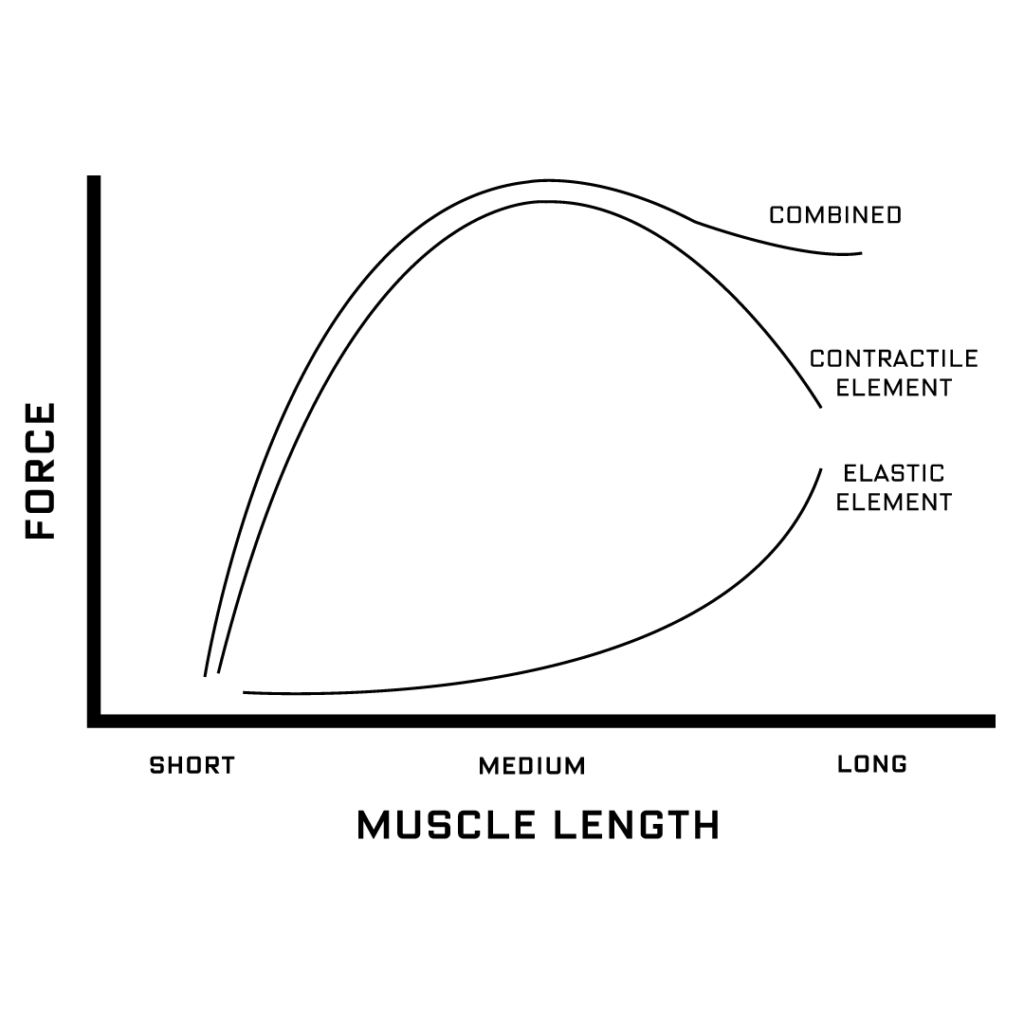
Muscle length is an important component of expressing maximal muscle strength.
Considering the force-length relationship illustrated above, it is clear a sticking point exists. Anyone who has performed the power lifts can attest to this. We have not included variations of the main lifts because this curve is different for each specific lift and trainee. Instead, we have focused only on the most specific movements to competition. Also, the technique required in the competition should be practiced most often in training.
In conclusion, we agree that increasing joint angle-specific strength and addressing force deficits are valuable through main lift variations. However, we favor driving progress through the increased practice of the main lifts for this program.
Why does frequency matter?
The second level of our filter evaluates the frequency at which you’ve been training each main lift and if you’ve made progress in the past three months at this frequency. Shifting the Curve is a unique training philosophy because it addresses the common question of whether one truly needs to change their training approach. For example, if a lifter has increased strength by following a periodized training program, volume increases will accompany this when repeating the program. In contrast, repeating the program would not produce a progressive overload stimulus if strength has not increased. Therefore, the lifter who did not increase their strength would require adjusting to the training approach to apply a progressive overload stimulus in the next program.
Amongst the numerous options coaches have at their disposal to increase strength, adding a day of lift-specific training will result in the most significant volume increases, which is why increasing training frequency was the priority when developing STC.
STC – Case Studies
If you’re not sure which option of Shifting the Curve is right for you, we’re here to help you assess and understand your situation.
Here are a few examples you can use to understand which option is best for you:
Example A – STC [2x]
Josh has only been training the main lifts (Squat, Bench Press, and Deadlift) once per week, and most of his work has been focusing on accessory work for a more hypertrophy/bodybuilding focus.
He has decided to start a more Powerlifting focused program, so increasing the total frequency of the main lifts would be a good idea. However, jumping to a 3x per week frequency on the main lifts might be too much initially, especially since Josh might have time constraints. Using the STC Calculator will lead him to the 2x per week training program, increasing his overall volume on the main lifts by increasing his frequency to twice per week. This training frequency will allow him to build strength as his body adapts to the added stressor of another training day.
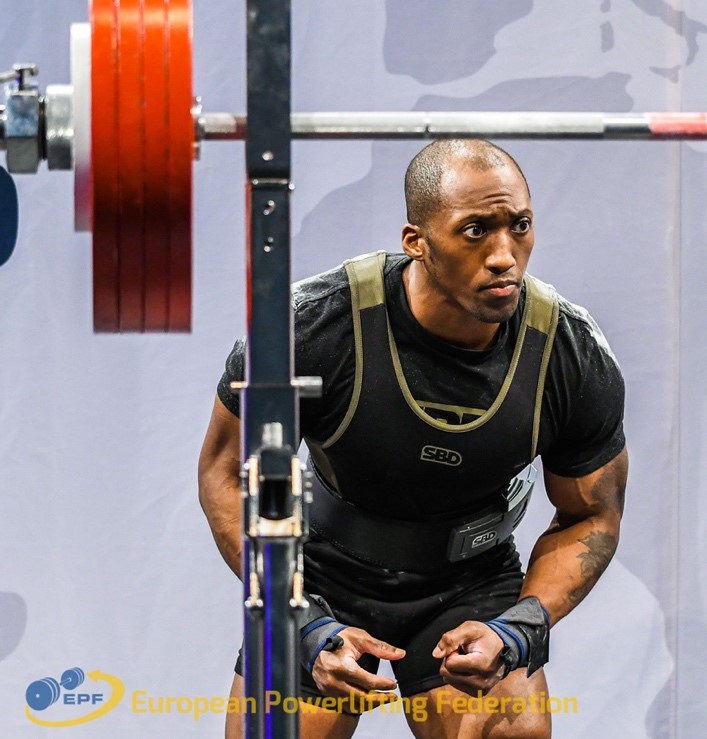
Example B – STC [3x]
Richmond has been training Powerlifting for three years and trains the main lifts twice per week with sound technique. However, he realizes that his progress for the main lifts is slowing down, especially on the Squat. Benefit from training the Squat more frequently, which will enable him to increase his volume to produce a progressive overload stimulus that will contribute to his strength gains
By following the STC Calculator, he will find that the 3x stream of programs is his recommended option. By increasing training frequency, Richmond achieves a gradual increase in volume and form practice which helps to improve his Squat performance.
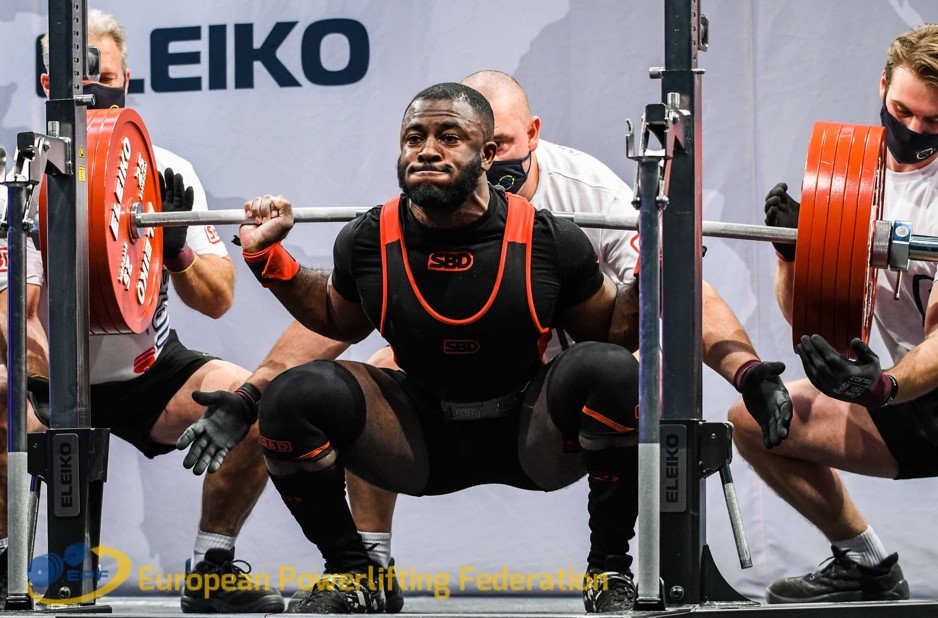
Example C – STC [4x]
Lya is a top-caliber lifter with six years of training under her belt. Through her experiences, she has learned that increasing the training of her main lifts has allowed her to make gains continually.
However, she would like to continue to push the boundaries of strength, and her progress on Squat has stalled during the past few months at 3x frequency. Since there is only so much quality volume that she can perform on the main lifts in a single day, she decides that increasing her frequency to 4x per week will enable her to train at higher volumes and achieve a progressive overload stimulus.
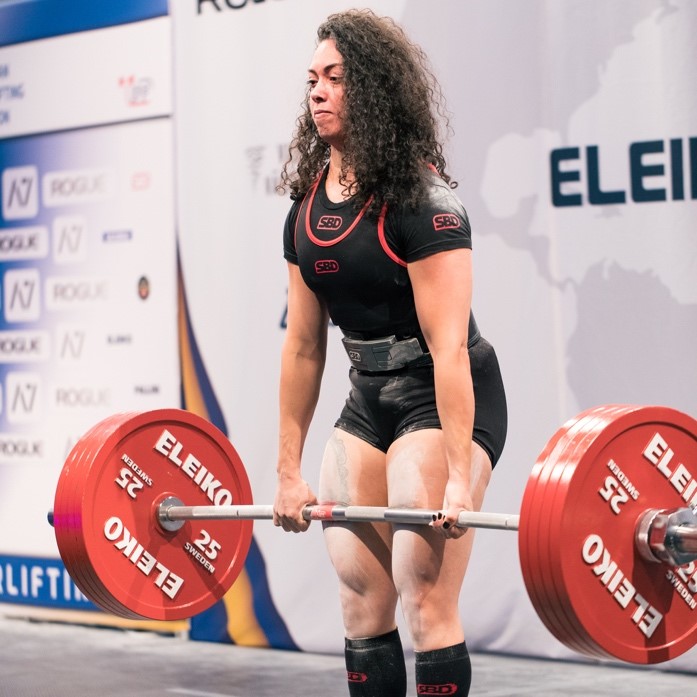
Example D – STC [Atwood Series]
In August 2019, Taylor was coming off a historic performance at the IPF World Championship that earned him the prestigious Champions of Champions award as the sport’s top lifter. Taylor performed Squat and Bench Press 4x per week while preparing for the World Championship, however, he realizes that he will not have the time to train 4x per week during preparation for USAPL Raw Nationals in October.
So instead, he decides to use the STC Calculator, which recommends him to the Atwood Series, which consists of a very high volume of training on Squat and Bench Press 3x per week, and Deadlift 2x per week. This program set-up allows Taylor to apply a progressive overload stimulus to his main lifts, powering him to a win at 2019 Raw Nationals, becoming the first 74 kg lifter to break 800 kg in 2020, and achieving the highest all-time points rank by any raw, drug-tested lifter at 2021 Raw Nationals.

A Word from the Author: The case studies described above highlight decisions we’ve made with each of these athletes in our individualized coaching service. While there is more nuance to these decisions, which we can only teach in a classroom setting, I hope that by sharing these examples, you will see how closely connected the ideas of Shifting the Curve are to some of the decisions we make when training some of the best powerlifters on the planet.
Are you interested in trying Shifting the Curve? Access the STC Calculator HERE to determine your ideal start point, and then sign-up for the programs by clicking HERE. We’ll see in you our Discord community.

